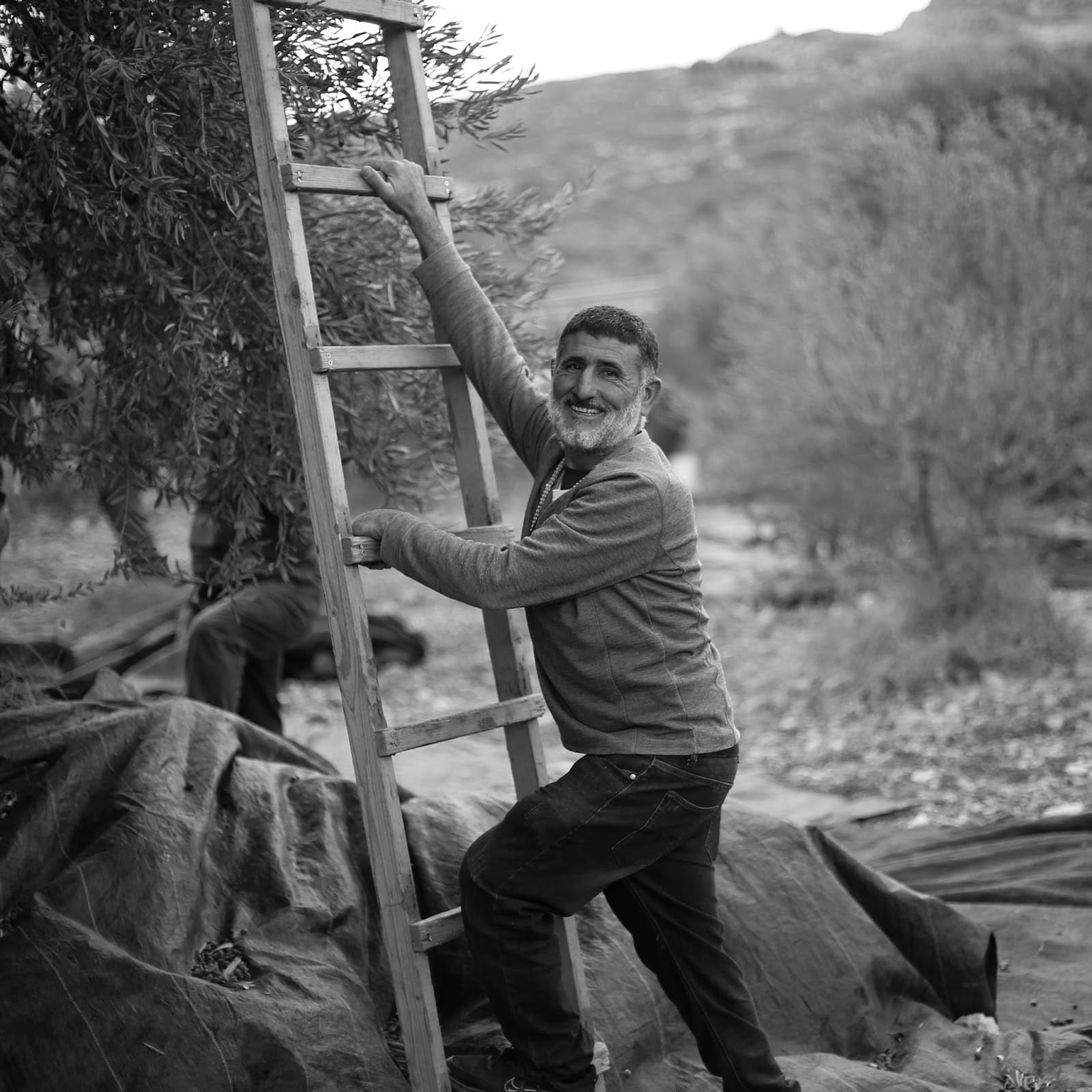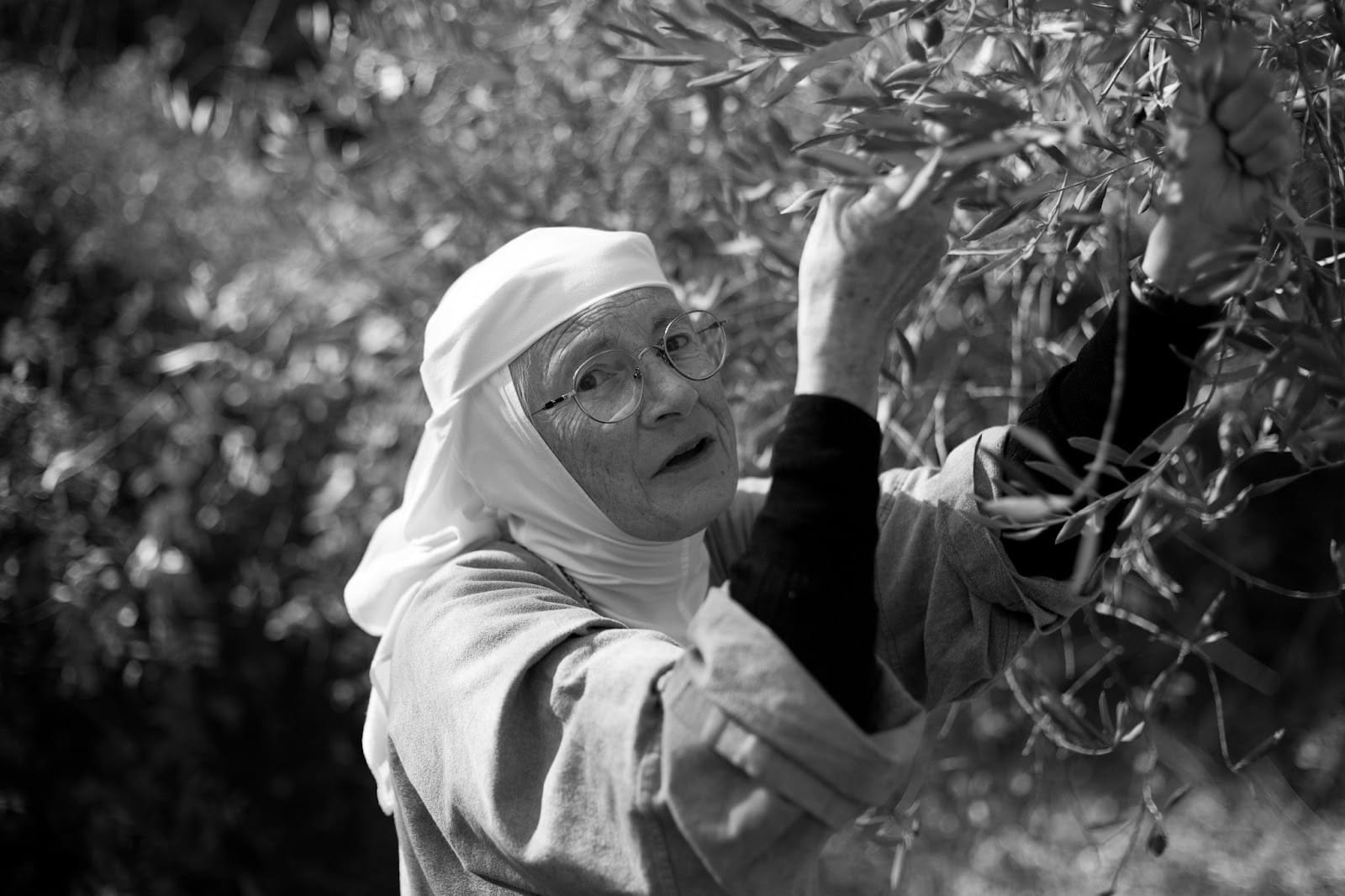‘A symbol of Palestinian resilience as old as time’
Documenting the olive harvest in the West Bank.

The olive harvest is a pivotal season in the Palestinian calendar, in both practical and spiritual terms. Families gather with friends and neighbours, climbing trees to reach the fruit high above and lounging on tarpaulins down below to separate olives from branches.

The olive tree is a symbol of Palestinian resilience as old as time — its roots stretching deep into the land, some trees thousands of years old. Beyond its cultural and historical significance, the olive tree provides a vital source of income to over 80,000 families in the West Bank, anchoring livelihoods in a landscape dirtied by military occupation.
Settler violence is known to escalate during this season, threatening families who gather to pick olives. Settlers are able to know exactly where and when Palestinians will be harvesting, leading to premeditated attacks.
Settler violence is compounded by certain restrictions imposed by the Israeli military, making the harvest an even more difficult and uncertain undertaking. Under the military’s “coordination mechanism”, Palestinians can only access certain agricultural lands with prior approval — restrictions which ultimately deepen dependency on olives, as the low-maintenance crop is more practical than others under these constraints.
Even with coordination, safety is far from assured. On 18 October, Hanan Salameh, a 59-year-old Palestinian woman, was shot dead by Israeli soldiers while harvesting olives on her land in the village of Faqqua, near Jenin. Her tragic death is one among over 730 Palestinians killed in the West Bank since October 2023.
Last year’s harvest was particularly devastating, with hundreds of incidents of settler violence, mass restrictions on land access, and entrenchment of the settler-soldier phenomenon that blurs the line between state and settler crimes. The financial toll on Palestinian farmers was staggering, with settler attacks and military suppression causing an estimated $10 million in losses. This deliberate economic sabotage aims to crush Palestinian self-sufficiency, forcing reliance on the Israeli state and reinforcing systemic oppression.
My photos span from Ramallah to Jenin, Bethlehem, down to Jericho. The olive harvest, while a testament to Palestinian resilience, starkly illustrates the horrors of the occupation. The photos here offer but a glimpse of this struggle — a season marked by hope, tradition, and unyielding resistance against a relentless and brutal occupation.
These photos were taken during my work as a member of staff for the Israeli NGO, Rabbis for Human Rights. For over 20 years, they have been joining Palestinian farmers during the olive harvest, acting as a protective presence in the face of occupation.
Rabbis for Human Rights are joined by a range of people, from rabbis and rabbinical students to Israeli and international activists. Protective presence is one way in which Israeli and international activists can help in the face of settler violence and military suppression, leveraging their relative privilege to protect Palestinians.▼
Jacob Lazarus is a photographer and filmmaker working on long-form documentary projects surrounding modes of resistance in Israel and Palestine.
Author
Jacob Lazarus is a photographer and filmmaker working on long-form documentary projects surrounding modes of resistance in Israel and Palestine.
Sign up for The Pickle and New, From Vashti.
Stay up to date with Vashti.



